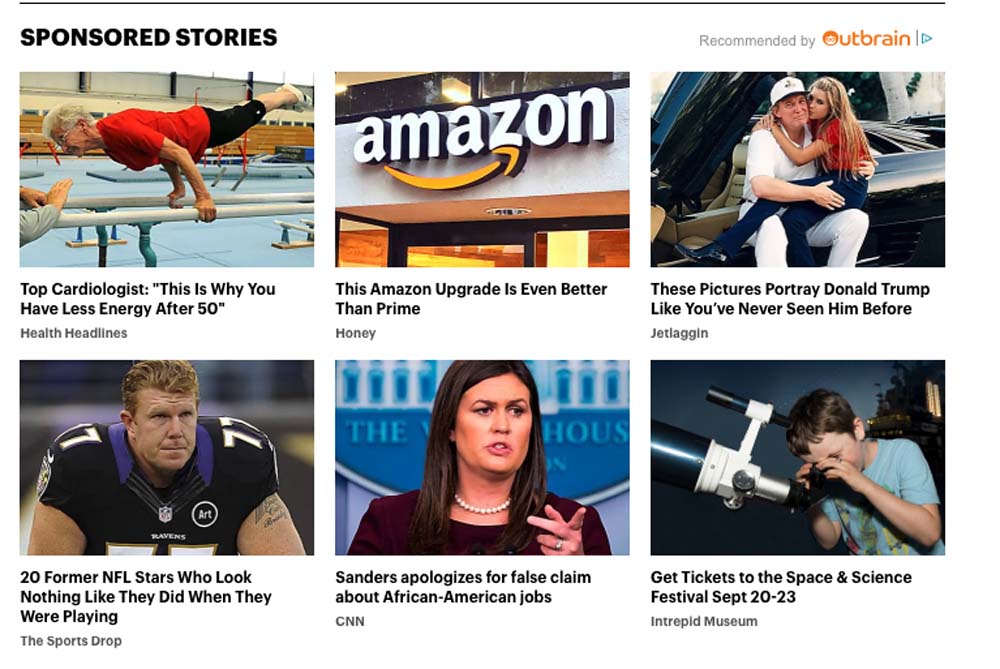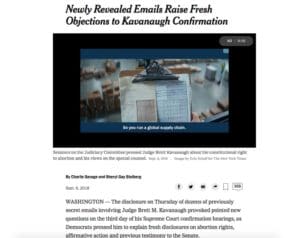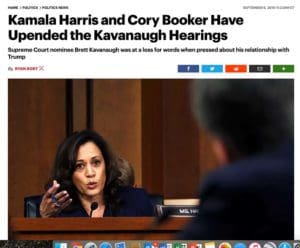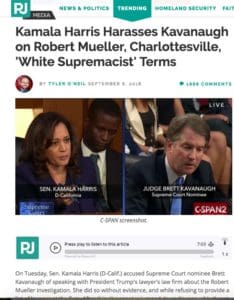The Weaponization of News & Politics
Over the past decade, the use of “clickbait” ads has become the norm in order to entice viewers to click on the ad and drive traffic to a publisher. Web surfers have grown accustomed to seeing the same types of clickbait ads and sponsored stories like the ones shown below with sensational headlines about curing cancer, stopping aging, improving your sex life, and more. These strategies have been spurred on by their effectiveness, particularly on social media platforms, turning impressions into profit.

Marketers are simply taking advantage of the endless hours of mindless surfing done by many of the denizens of the web. Spend enough time on the web and get presented enough of these types of ads and, in a moment of boredom or when someone has checked all of the latest posts on their social media sites, they eventually end up clicking on one of these ads. BINGO…clicks bring revenue. The business model is rewarded and the process repeats—over and over and over. Few people are immune or have the self-discipline to avoid these types of ads, particularly when they match a confirmation bias or come from a familiar source.
However, the clickbait game is evolving and changing—we are increasingly seeing the content itself becoming the clickbait. Mainstream and mid-tier publishers, news organizations, editors and writers are realizing that the headlines and content of an article can be the most effective form of clickbait. After all, who needs sensationalist ads when you have the following actual headlines and content.
One can make an argument that this is not an entirely new development in news – and this type of sensationalist headlines is what sells papers, TV and other media – and that this has been going on since the the first broadsheets were published.
Today’s web-centric world, with news aggregation sites like Drudge, Huffington Post, and others realize that a catchy, over-the-top headline tailored for their particular audience demographics is more powerful and effective in drawing views, shares and traffic than even the most obnoxious clickbaity ad.
With the same underlying event, such as the recent supreme court nominee hearings, you can end up with completely contrasting, equally-sensationalist headlines with polar-opposite content serving the interests of the marketers and the passions of the respective audiences.
How Can URL Categorization Combat Clickbait?
For companies who require highly accurate web content classification for contextual targeting or other uses, all of the above examples are categorized under “news” and “politics”, which is not wholly inaccurate. But is there more that needs to be known or understood on this type of clickbait, er… “content”?
References:
- http://www.foxnews.com/politics/2018/09/07/kavanaugh-avoids-dem-traps-as-chaotic-hearing-winds-down-confirmation-vote-looms.html
- https://www.nytimes.com/2018/09/06/us/politics/kavanaugh-confirmation-hearings.html
- hxxps://www.huffingtonpost.com/entry/brett-kavanaugh-confirmation-hearings-secrecy_us_5b9198a2e4b0511db3e09f61









